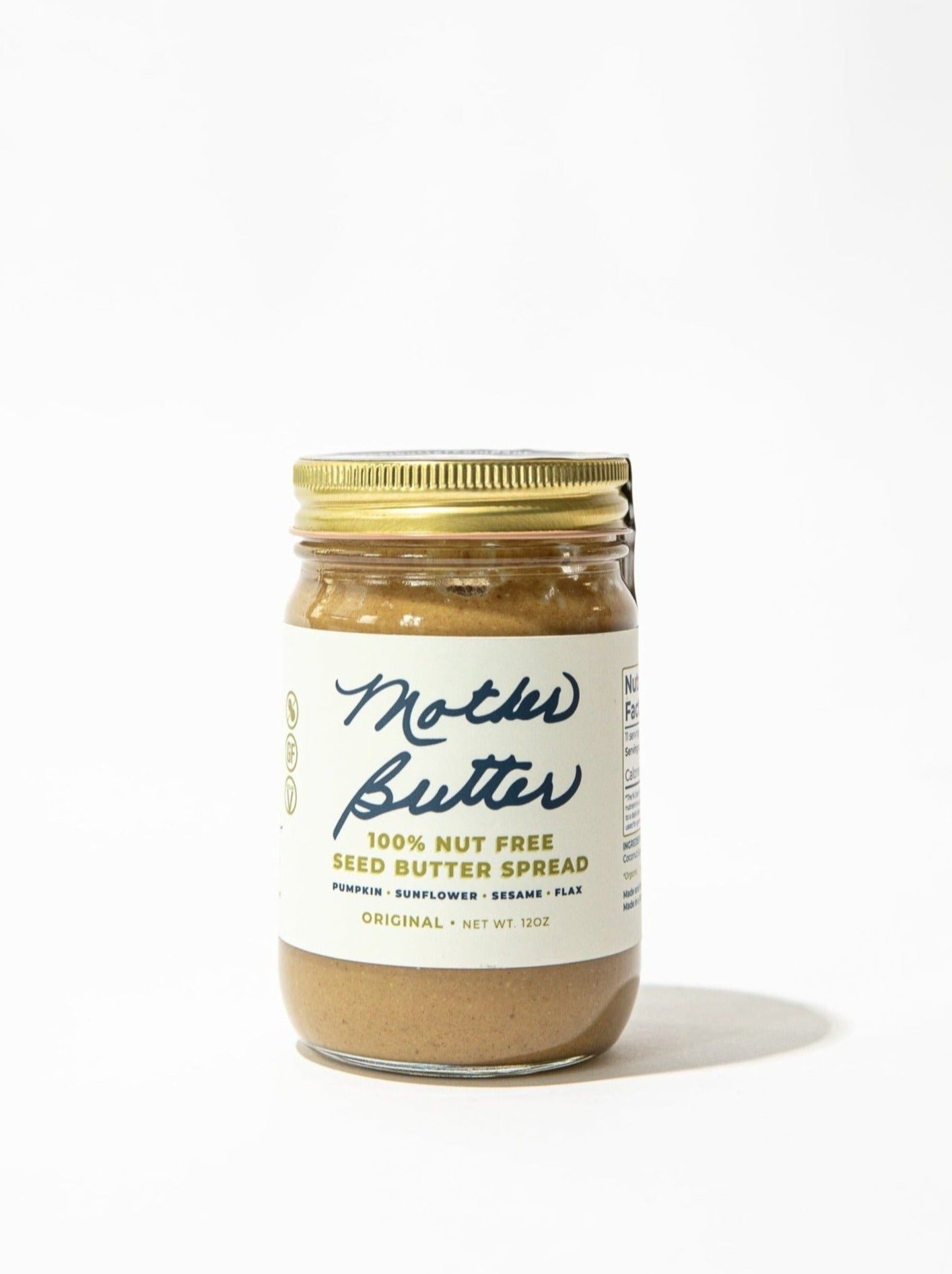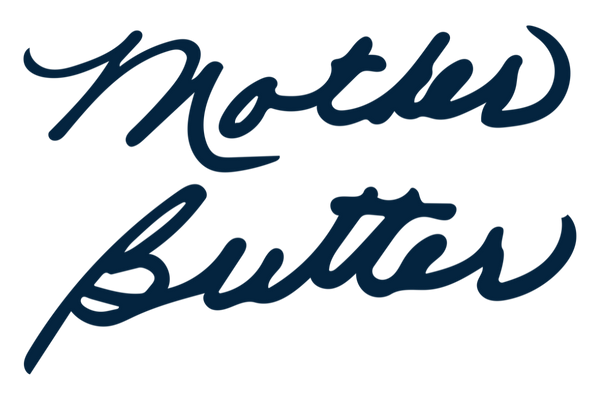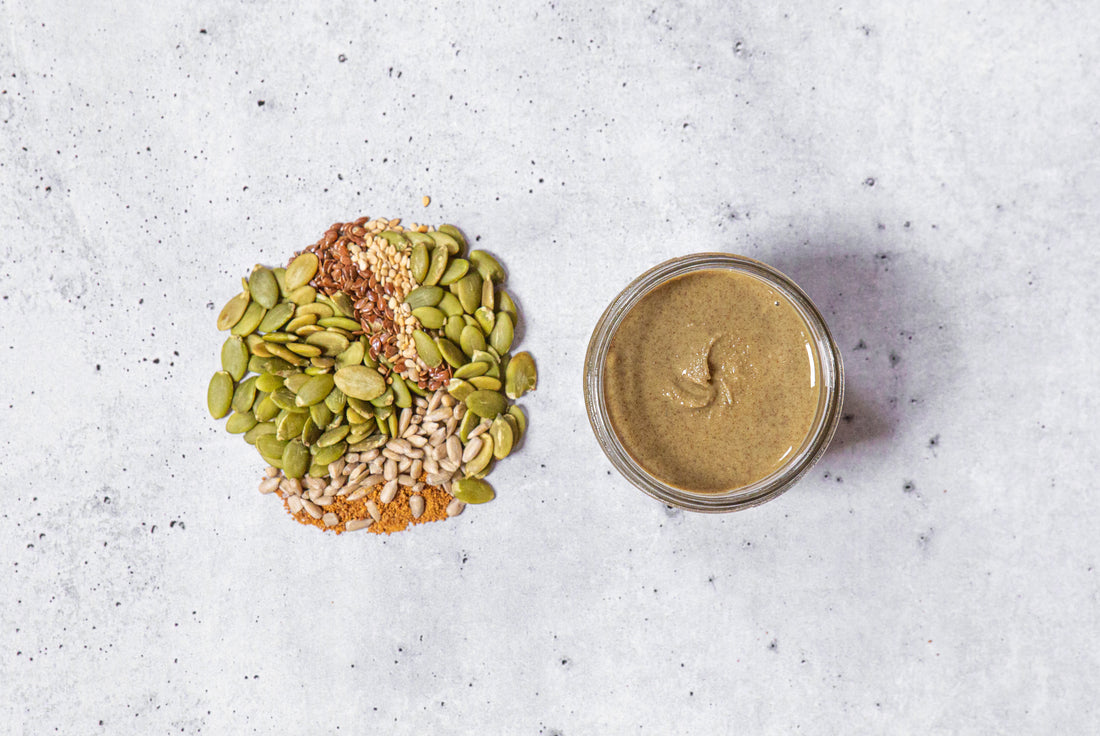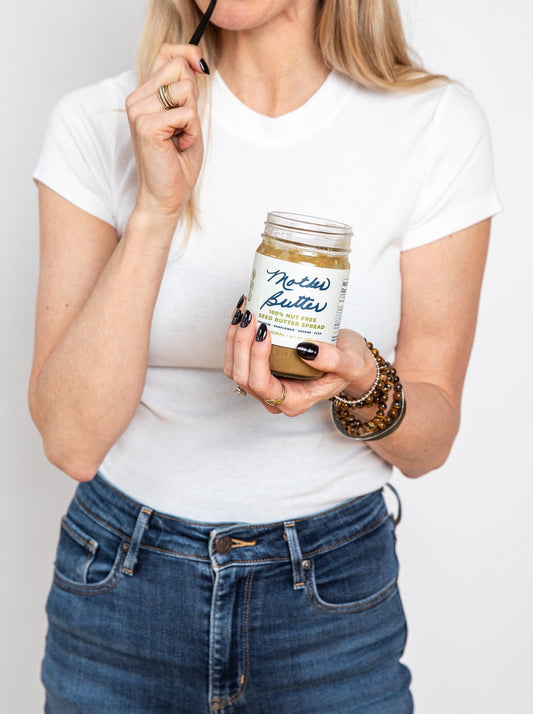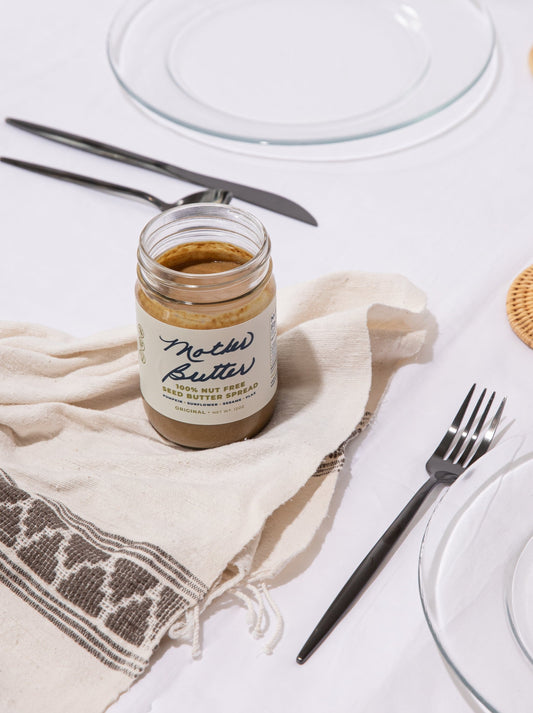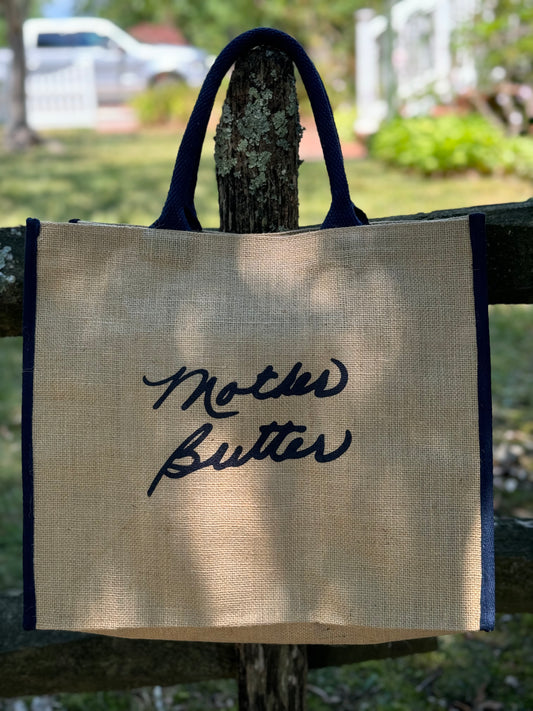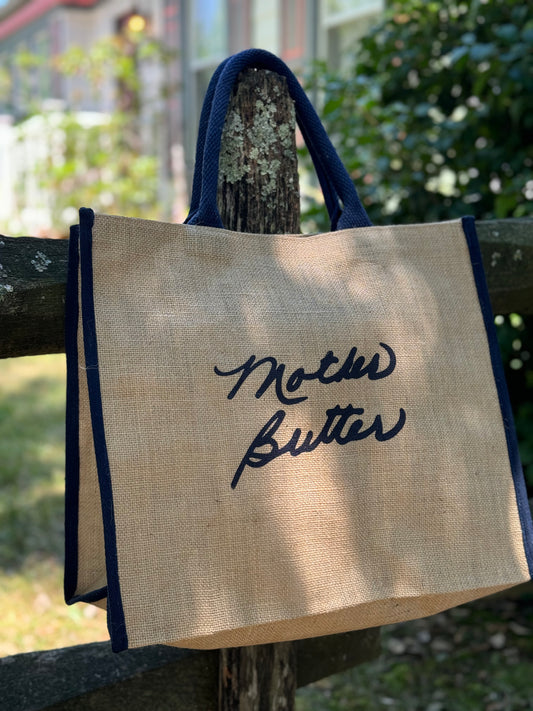As women, we know all too well how it feels when our hormones aren’t in check. There’s a heap of evidence proving that our diets can have a tremendous impact on how we feel throughout our cycle. From Omega 3 fatty acids, lignans, trace minerals, and phytonutrients to fiber and protein, seeds offer a way to support our hormones – and us! All we need to do is crack them open...
While we need to pay attention to our stress levels and make sure to nurture ourselves with quiet time, meditation, a walk in nature, and just a few moments of stolen silence where we can find them, seed cycling and supplementation with nut-free butter that contains essential nutrients we need can make a world of difference.

Guilt-Free Snacking for your Hormones
What is Seed Cycling?
Seed cycling is a holistic approach to the regulation of your hormones, specifically in relationship to your menstrual cycle, into perimenopause and menopause itself. You can incorporate different seeds like sesame, sunflower, pumpkin, and flax into your diet during phases of your monthly cycle. Each of these seeds contains a nutrient profile that makes it clear why they support our hormones and health. Let’s get to know seed cycling and these amazing seeds a little better, shall we?
Where Did Seed Cycling Come From?
While seed cycling doesn’t have origins we can pinpoint, many practitioners ranging from naturopaths to nutritionists, traditional Chinese medicine practitioners, and those who practice Ayurvedic medicine are often advocates of seed cycling.
What Are the Phases of Seed Cycling?
Seed cycling is practiced by eating certain seeds in the two phases of your menstrual cycle: the Follicular Phase and the Luteal Phase.
The Follicular Phase of Seed Cycling
During the first half of your menstrual cycle, called the Follicular phase, usually days 1-14 of a full 30-day cycle, and through ovulation, it is recommended that you eat flaxseeds and pumpkin seeds. Pumpkin and flax seeds contain the lignans and omega-s fatty acids that are necessary to support estrogen levels and their metabolism. While zinc and omega-6 fatty acids in pumpkin seeds support the production of progesterone.
The Luteal Phase of Seed Cycling
During the second half of your menstrual cycle, called the Luteal phase, usually day 15 through 28 of a full month cycle, from ovulation to the start of your next period, it is recommended that you consume sesame and sunflower seeds. Sesame is rich in lignans to support estrogen metabolism and sunflower seeds are full of selenium and vitamin E which can support estrogen production and overall mood.
While you can grind these seeds together to make them more digestible, add them to soups, curries, smoothies, or even as a sprinkling across a salad, you can also just consume Mother Butter regularly to make sure you get all the nutrients of these wonderful seeds when you’re too busy to ground them for cooking, or you need something you can pick up and through in your purse or diaper bag when you’re on the go.

Mother Butter on the Go!
Seed Cycling Through Menopause
If you’re no longer having a period, and you’ve entered menopause, you can still practice seed cycling for some pretty amazing health benefits. You can just adjust the seed regimen based on a 28-day cycle, even if you no longer menstruate.
Some tips to follow if you’re seed cycling during menopause:
- Cycle through your seeds based on the time of the month. Use the first two weeks of the month to eat as many flax and pumpkin seeds as possible.
- In the second half of the month, add sesame and sunflower seeds.
- If you don’t want to cycle, you can eat these seeds in one batch, ground and added to recipes or your choosing throughout the month to enjoy their many nutritional benefits.
Seed Cycling Benefits
The benefits of seed cycling are numerous. Even if you weren’t trying to regulate your hormones, the nutrition is jam-packed into these tiny seeds.
The most prominent benefit is the balancing of your hormones. The seeds used in seed cycling are rich in Omega-3 and Omega-6 fatty acids, lignans, and vitamin E, protein, fiber, and numerous trace minerals including zinc. These nutrients all support hormonal balance. When your hormones are balanced, you’re less likely to experience PMS, irregular periods, cramping, moodiness, and loss of sleep.
Balanced hormones can also lessen menopausal symptoms like hot flashes, mood swings, and sleep disruption.
These seeds are rich in highly anti-inflammatory alpha-linolenic acid (ALA). Many natural health practitioners understand that acute inflammation is the root cause of almost every disease! Even Harvard Health points to chronic inflammation as a serious health concern so any way you can lower your inflammatory markers, is a good thing.
Omega 3 fatty acids not only lower the incidence of bad cholesterol which can harm heart health, but also contribute to brain health and cognitive function over time.
The high antioxidant levels in pumpkin, flax, sesame, and sunflower seeds also prevent free radical damage which causes your cells to age too quickly and contribute to disease and hormonal chaos. And since most of us are constantly juggling a busy life - goals, goals, goals, we have stress. Chronic stress can disrupt hormone balance by altering how the hypothalami-pituitary-adrenal (HPA) axis functions. This is the set of adrenals and glands that regulate your stress response. Antioxidants and polyphenols help the HPA axis by lowering the production of the stress hormone, cortisol.
How Important Are the Seeds You Use in Seed Cycling?
While you can use other seeds in seed cycling that have a similar nutrient density, these seeds are tried and tested. Take a look at the nutrients in the seeds we use in traditional seed cycling:
Flax Seeds
|
Omega 3 Fatty Acids |
Dietary Fiber |
Lignans |
Protein |
Vitamins and Minerals |
|
One of the best plant-based sources of Omega-3 and alpha-linolenic acid (ALA) |
High in both soluble and insoluble fiber making flax seeds helpful for regulating digestive health, blood sugar levels, and satiation |
Lignans found in flax include secoisolariciresinodigulucoside (SDG) This lignan converts in the gut to enterolactone and enterodiol, both of which help with the metabolism of estrogen |
Moderate source of protein. 5 grams per ounce |
B Vitamins like thiamine, niacin, and folate Minerals like magnesium, phosphorous, copper |
Pumpkin Seeds
|
Omega 3 and Omega 6 Fatty Acids |
Dietary Fiber |
Lignans |
Protein |
Vitamins and Minerals |
|
Only trace amounts of Omega 3 fatty acids but contain ALA which is converted into other forms of omega-3 by the body including eicosapentaunoic acid (EPA) and docosahexaenoic acid (DHA) Great source of Omega 6 fatty acids |
High in both soluble and insoluble fiber making pumpkin seeds helpful for regulating digestive health, blood sugar levels, and satiation |
Predominate lignans in pumpkin seeds are sesamin and episesamin
|
5- 7 grams per ounce |
Rich source of magnesium, but also contain zinc, copper, manganese, phosphorous, potassium, Vitamin K, Vitamin E, Vitamin B |
Sesame Seeds
|
Omega 3, Omega 6 and other Fatty Acids |
Dietary Fiber |
Lignans |
Protein |
Vitamins and Minerals |
|
Mono-unsaturated fats, including oleic acid, linoleic acid (Omega 6) and alpha-linoleic acid (OMega 3) and saturated fats as well as phytosterols |
High in both soluble and insoluble fiber making sesame seeds helpful for regulating digestive health, blood sugar levels, and satiation |
Predominate lignans in sesame seeds are sesamin and episesamin |
5 grams per ounce |
Calcium, iron, magnesium, Phosphorus, potassium zinc, copper, manganese, B Vitamins, Vitamin E |
Sunflower Seeds
|
Omega 3 Fatty Acids |
Dietary Fiber |
Lignans |
Protein |
Vitamins and Minerals |
|
Rich in Omega 3 and Omega 6 fatty acids as well as phytosterols |
High in both soluble and insoluble fiber making sunflower seeds helpful for regulating digestive health, blood sugar levels, and satiation |
Secoisolariciresinol, and lariciresinol |
5 - 6 grams per ounce |
Vitamin E, Copper, Selenium, Magnesium Manganese, Phosphorous, Zinc, iron, B Vitamins |
What is Seed Butter?
Seed butter is a nut-free alternative. Instead of peanut or almond butter, it’s a delicious alternative made with only seeds.
The healthiest seed butter is one that allows you to practice seed cycling no matter how hectic your life gets. You can try Mother Butter today to experience the benefits of seed cycling.
When Should I Start Seed Cycling?
You can start seed cycling at any point during your menstrual cycle. Just figure out if you’re in the Follicular or Luteal phase and start consuming your seeds as described here. Then let us know in a month or so how your hormones feel more balanced! Better sleep, better moods, and more energy are yours for the taking. Or try Mother Butter today to start adding the nutrient density of seeds to your diet more consistently.
